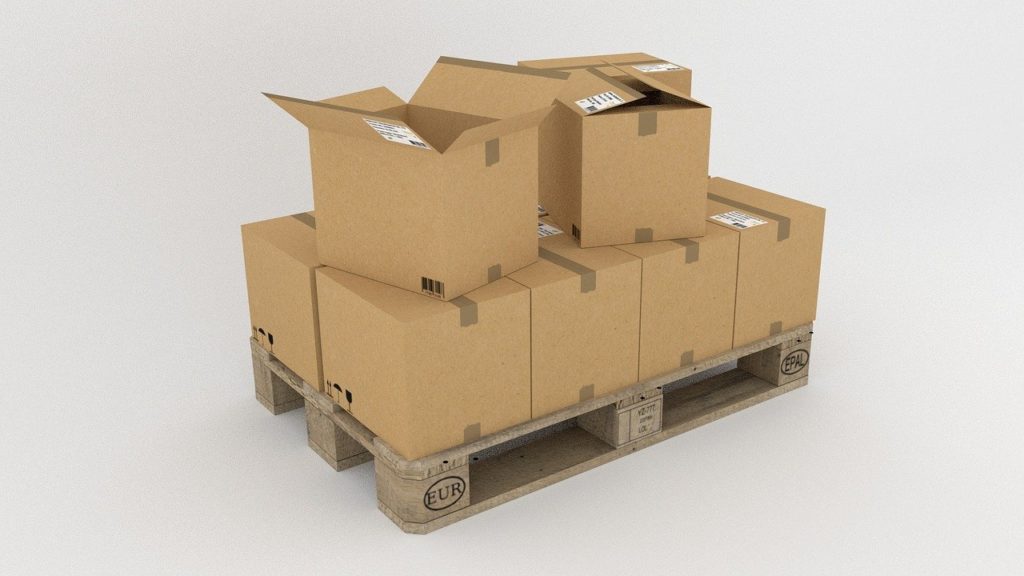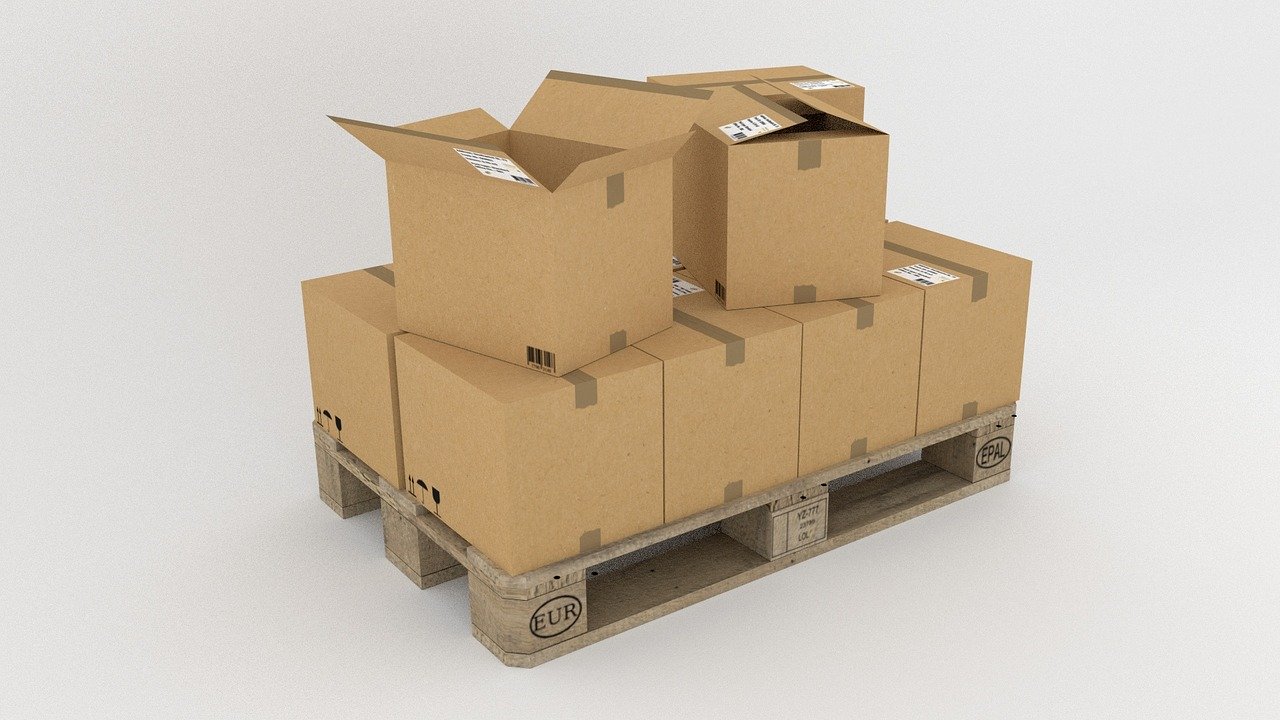
Table of Contents
Done is Better Than Perfect
When it comes to your side-hustle, it’s better to ship sooner than later. We need to get our work in front of the people we serve. It’s the customer’s vote that counts.
While it’s tempting to edit, engineer, and tweak our baby until we’ve got it just right, we might never stop.
If you’ve got a side-hustle and you’re having trouble getting it out the door, keep reading. I’ll show you how to ship your work before it’s perfect.
…it will never be perfect.
Instead, we’ll ship the best product we can, using the tools we have now, to the people we serve. There’s a reason why software has version numbers. Software is never finished. It’s never perfect.
Let’s take that same version-ing approach with your side-hustle.
Instead of featuring your product to death, or floundering in over-choice–spending months on button colors and business cards–we’ll take your best idea, stick it in a box, and out the door before you mess with it too much.
You Don’t Need to Build Software to Ship Versions of Your Work
When you ship the best version of your side-hustle, this doesn’t mean you should sell garbage. Instead, we’re talking about your MVP (minimum viable product).
You’ll create the best product you can, but you won’t over-complicate the offering.
Most customers want one solution to one problem at a time. Instead of Swiss-Army-knifing your product, version 1.0 should do one thing great.
That’s it.
You (the customer) have this one problem. We (the business) have the exact solution to your one problem. Our product doesn’t light-up. You can’t order it in five colors. And it’ll never play music.
- Maybe version 2.0 will have more options
- Maybe version 2.0 will have a smoother interface
- Maybe version 2.0 will have a little place to add comments
…but not version 1.0. We ship the best version of the MVP we can make, knowing it’ll never be perfect, and knowing our customers will help shape version 2.0. We don’t have to guess what will work.
Your Customers Drive the Next Version
Look at the customer comments for any smartphone app. There are hundreds of suggestions from long-time users, willing to voice their thoughtful opinions to make the apps better–as a collective.
Even if you sell a course, a physical product, or consulting, you can use this customer feedback loop to version your work over time.
As the business owner, it’s important to triage all this feedback. As I mentioned, you want to build a product that solves one problem really well. Not a product that solves 20 problems poorly.
Your single solution will make your mark in your industry.
When you’re known for your single solution, you become that person who’s the king/queen of that one thing. You cement your place in your niche. No one can solve your one problem better than you, because you listened to your market.
Every version you ship becomes better than the last.
- How many versions of the same phone have you bought?
- How many upgrades of the same software have you ordered?
My guess, the answer is multiple.
Don’t Let Your Customers Build a Worse Version
Upgrades can also kill a product. There are many version 3.0s that are worse than the original. Don’t let customer feedback become a crutch, or a blind stab at a new version.
Every suggestion needs to be carefully-vetted.
Before you launch subsequent versions of a successful side-hustle, show it to a small group of your best customers. Build a beta team from your original buyers. I like to do this as part of my email welcome sequence. I build a list of beta readers right into my marketing process.
When you have a beta team, they’ll kick the tires and tell you if you’re an idiot… before you launch the next version to the world… before it’s too late.
Listen to feedback that will improve the core product, but be careful of feedback that creates feature-creep.
Feature-creep is a syndrome where a well-meaning creator listens to her market too much. She starts with one great solution. Once version 4.0 arrives, the latest product is a shadow of it’s former self. The new thing has LED lights, an ashtray, 17 color choices, and no place to put the paper.
Whereas version 1.0 started as a mobile printer.
While we can learn from every piece of customer feedback, it’s important to sort these messages into virtual buckets: yes, maybe, and never.
One person might suggest one added feature for her specific problem, but the suggestion won’t benefit any other customer. This type of suggestion goes in the never pile. Maybe you get some feedback that your software could use a collaborative component, not on the original.
This collaborative piece might go in the maybe pile–to send a test to your beta team.
A third person might suggest a way to have your parking app send a text message automatically to the user, when the meter is about to expire–therefor avoiding a ticket. This goes in the yes pile (you’ll save your customers money in parking fines, making the app pay for itself).
Great Quality is Part of Your MVP
Good customer service, great design, and great quality are part of your MVP. The bar gets higher every year. There’s too much competition not to deliver a great version 1.0
…but that doesn’t mean you have to solve more than one problem with the first version.
If there’s a part of your product that doesn’t jive with your core solution–the thing you want to be known for being best-at, then take it out. Save it for version 2.0. Maybe your customer feedback will make the piece irrelevant.
We need your solution, not your bell or your whistle.
We came to you because we want it better, faster, cheaper, less-painful, or safer. When you give us that single solution, wrapped in a box, delivered to our doorstep, the rest of the missing features become invisible.
When you ship version 1.0 make sure it does what you say it will do and won’t fall apart while it’s doing it. Make it look great, but not perfect. Make sure your customer service is awesome, but not perfect.
Have a top-notch return policy.
Your pricing should be competitive, not rock-bottom.
When we see your product, what do we see?
But none of that will happen if you don’t ship today. When you ship you should feel uncomfortable, sure. There are no guarantees with any side-hustle. In fact, there’s a good chance you’ll fail on the first go-around.
Maybe version 3.0 is the one we all come to know and love–the model that makes it big.
When we launch our product now, rather than later, we joint the feedback loop faster. We get a new try at bat. We jump into the ring, repeatedly, and work to make our product better, one shipment at a time.
Maybe you’ll get close to perfect.
…but you won’t get your side-hustle to version 5.0 if you don’t first ship version 1.0.
Remove the Dead Weight
Every product has baggage–dead weight a features that don’t belong in the box with the core product. You’ll ship a lot faster if you cut the fat.
Likely, once you cut the non-essentials many of your production problems will solve themselves. It’s the one, pesky feature you’re trying to shove inside the case, or that menu you aren’t crazy about. We probably won’t notice if they’re gone.
We want version 1.0
We’re ready for it.
You’ve got a solution to our biggest problem, but if you don’t ship we can’t buy it. Your business doesn’t exist until you ship. We can’t buy your napkin sketch. We can’t buy your idea notebook. And we sure as hell can’t buy your perfectionism.
You’re too close to the project to be objective anymore.
You’ll always have a criticism. There will always be room to tweak things. Tweaking is how you became an entrepreneur. You didn’t like something and wanted to make it better.
Your customers won’t be as obsessed with tweaking. They just want the problem solved. Remember that. Get it shipped.
Ship Today, Not Tomorrow
If you don’t ship your work your tribe can’t buy it. If you don’t get your work in front of your tribe, they’ll never vote with their wallets.
If your version 1.0 solution is good-enough, they’ll buy it.
Customers want solutions more than anything. They won’t wait for perfect. Our customers don’t have time for perfect. They need good–even great, but they’ve got no time for perfect.
Your competition will beat you to market.
They’re willing to ship before it’s perfect. They got the product done. Version 1.0 is in the box and out the door. Once we ship we have an opportunity to learn. We can’t learn in the lab. We can’t learn in our own head. The only people who can be our best teachers, are the end-users.
No, don’t ship a prototype.
You must be your first customer. The thing must work exactly as it says on the box. This is the minimum baseline for shipping. You can always change the color later. Maybe your customers don’t even care about the color. Perhaps, they want a new feature you never thought of.
It’s time to get your work in the box and out the door.
August Birch is an author, email expert, and entrepreneur from Michigan, USA. As a self-appointed guardian of writers and creators, August teaches indies how to make more work that sells and sell more work once it’s made. When he’s not writing or teaching, August carries a pocket knife and shaves his head with a safety razor.
